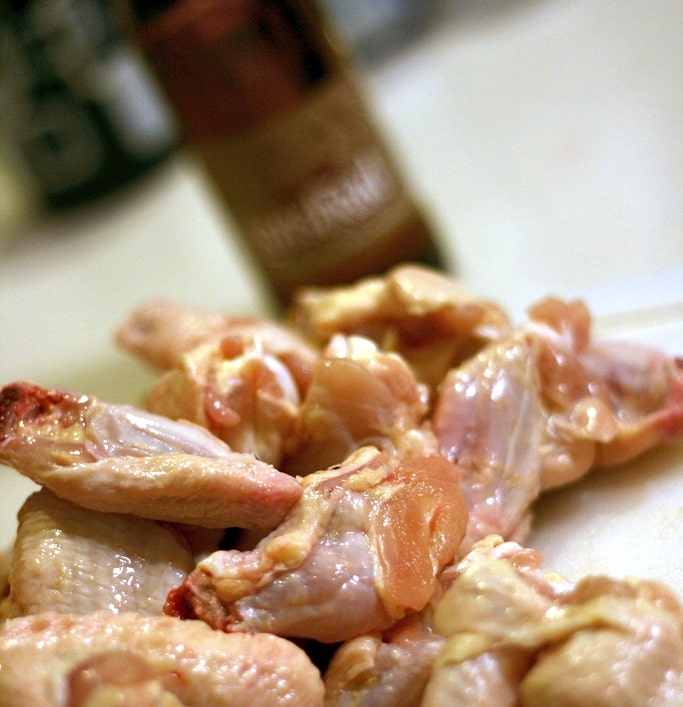Hi there Dr. Greger. I was wondering, in the Colacino study it says, “Vegetable consumption was also significantly associated with MEP levels, which was one of the strongest effects measured.” I don’t mean to detract from your message about poultry, which I think is an important one. I do wonder though about the presence of phthalate metabolites in vegetables, and how much of an impact they have. The study said they were lower molecular weight metabolites and are more water soluble. But I don’t understand the implication of that. Can you shed some light? Thank you.
Bix / Originally posted in Eating chicken may lead to a smaller penis
Answer:
Thank you so much for actually taking the time to read the primary sources. Always linking to the primary sources (click on “Sources Cited” under any video) is one of the many things I’m proud to say sets NutritionFacts.org apart from other nutrition sites on the web.
As you noted, it you look at the breakdown (here’s the direct link to the table) you can see that like other industrial pollutants (dioxins, PCBs, etc) there can be widespread contamination of the food supply. For example, this year there were studies published measuring phthalate concentrations in both wastewater and dust. The best consumers can do is try to minimize their exposure. See for example my videos:
- Lowering Dietary Antibiotic Intake
- Industrial Pollutants in Vegans
- Flame Retardant Chemical Contamination
- The Wrong Way to Detox
So although there are fewer such toxins in the bloodstream, fatty tissues, and breast milk of those eating plant-based, for example, it doesn’t mean they’re not exposed at all. There can be trace pesticide residues even on organic produce! See my video Food Sources of Perfluorochemicals. Nevertheless, one can reduce one’s risk by choosing organic. Similarly, if one wanted to stay away from the most concentrated sources of the riskiest phthalates one would be wise to stay away from the most contaminated foods, such as chicken.
The most concerning phthalates in terms of anti-androgen (countering male hormone) effects appear to be the DEHP metabolites (such as MECPP, MEHHP, MEHP, MEOHP) associated with poultry consumption. For example, maternal levels of DEHP metabolites were found to be most significantly associated with undermining free testosterone levels in the umbilical cord blood of their infants. The Swan, et al. study noted by the Science Daily article mentioned by Dan, “Prenatal Phthalate Exposure and Reduced Masculine Play in Boys,” can be found here. Again, the DEHP metabolites I talked about in the chicken and eggs/penis size video were most significantly associated with a reduction of male-typical play in boys (for example, choosing to play with Barbie rather than with toy trucks).
And just as a sidenote, the study didn’t measure levels in various foods; it went one step further and measured levels in the urine of people eating those foods. Just because something is in a food doesn’t mean it’s absorbed, so that’s one of the reasons this was such a great study–the fact that it found its way to the kidneys means it was necessarily absorbed into the human bloodstream (that’s why I did that Pollutants in Californian Breast Tissue video). And the most statistically significant association between food intake and the most concerning phthalate levels in the urine was with poultry (but as I noted in the video it’s possible this could result from the chicken plastic wrap packaging or something, but that wouldn’t explain the extraordinarily high level associated with eggs). The “p“-value <0.0001 means that the association between poultry consumption and mono-2-ethylhexyl phthalate was found to be so strong that there’s less than a 1 in 10,000 chance that it could have happened just by coincidence.
Image credit: MissMessie / Flickr
